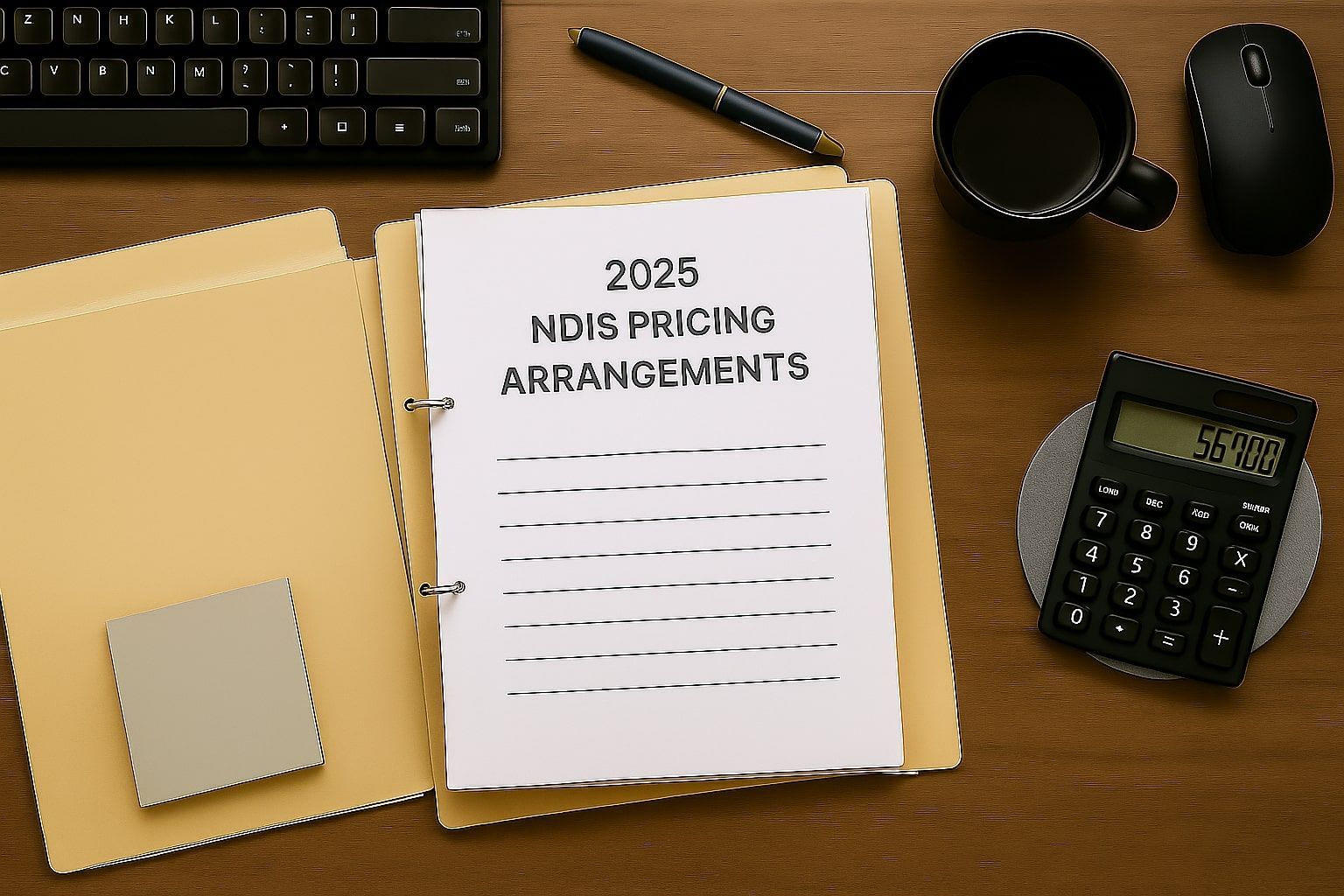Why Oversupply and Regulatory Delays are Holding Back SDA Housing Investments
The SDA housing sector has faced significant challenges over the past few years, and many NDIS investors are feeling the pressure. A recent meeting between SDA providers and the NDIS Commission highlighted several important issues that are affecting investors, providers, and participants alike.
Among the main challenges are the mismatch between supply and demand, slow administrative processes, and the complexity of NDIS funding. While the sector continues to grow, these persistent problems show the need for clearer guidance, better funding structures, and more efficient processes.
This post will break down the key points discussed during the meeting with the NDIS Commission and explain why investors must be aware of these challenges when making investment decisions in the SDA space.
The Supply-Demand Imbalance in SDA Housing
The SDA housing sector continues to face an ongoing issue with supply and demand. While there is a clear under-supply in high-demand areas where participants need housing the most, there is also oversupply in less-populated regions. New properties keep entering the market in areas where demand is already met, leading to longer vacancy periods and underperforming investments.
"While the national pipeline data shows an increase in supply, it fails to capture the mismatch between where housing is needed and where it’s being built. For investors, this means that relying on national statistics without considering local demand could lead to poor investment choices."
In Melbourne’s western suburbs, already considered the most oversupplied market for SDA housing, an additional 83 dwellings have entered the pipeline. This is a region where providers are already reporting tenant shortfalls and service gaps.
Meanwhile, in areas like Melbourne Inner Southeast, where the demand for SDA housing remains high, new developments have not been sufficient to keep up with the growing number of participants. This imbalance between supply and demand highlights a major issue in the SDA sector: a misalignment between where housing is being built and where it’s needed most.
Read also: Understanding NDIS Property Investment in Melbourne
NDIS Inducements: What’s Acceptable?
The issue of inducements in the SDA sector has become a point of concern, especially when SDA providers offer incentives like furnishing packages or covering the Maximum Reasonable Rent Contribution (MRC) for the first few months. These offerings might seem like simple ways to attract tenants, but they raise questions about what constitutes an inducement versus a legitimate incentive.
The NDIS Commission is now closely examining these practices to determine what qualifies as an acceptable incentive. For example, offering furniture for a new tenant’s home is usually acceptable, as it directly benefits the participant.
NDIS has already raised concerns about how some practices could be used to sway tenant decisions, which might be seen as unethical or manipulative. SIL Providers need to be careful and ensure that any incentives offered to tenants comply with the NDIS guidelines to avoid potential compliance issues down the line.
Financing SDA Housing: Challenges Investors Face
Financing remains one of the biggest challenges for SDA developers and investors. As the demand for SDA housing grows, securing the necessary funding to build in high-demand areas is becoming more difficult.
Over the past year, financing conditions for SDA projects have tightened significantly. This means that investors need to find financing solutions that are specifically tailored to the complexities of SDA development, rather than relying on traditional investment loans that may not be suitable for these types of properties.
One of the key issues raised in the meeting was the NDIA’s lack of understanding about the financing challenges that investors face. Tightened lending conditions, rising construction costs, and the uncertainty surrounding long-term tenant stability have made it harder for investors to find funding for SDA developments.
Read also: SDA Investment 2025 Updates for Investor
A More Professional and Evolving SDA Market
The SDA sector is no longer just a niche market. It has grown rapidly, with more institutional investors and experienced developers entering the space. As the sector becomes more professional, it is also becoming more complex, requiring investors to have a deeper understanding of local demand, regulations, and the various stakeholders involved.
The NDIS Commission has been increasingly aware of this shift in the market. Over the last few years, the investment volume in SDA housing has surged, attracting larger institutional investors who bring more sophistication to the table. This has raised the overall quality of the sector, but it has also brought increased scrutiny.
For investors, this presents both opportunities and challenges. On the one hand, increased investment in the sector will drive up demand for high-quality properties and improve standards. On the other hand, the competition is also growing, and investors need to ensure that their properties meet the necessary quality standards to stay competitive.
Red Tape and Administrative Delays
One of the biggest sources of frustration is the slow processing times for SDA enrollments. In many cases, the documentation required to complete the enrollment process is mismatched, leading to additional back-and-forth with the NDIA.
"Issues like inaccurate titles, inconsistent certificates, or incorrect evacuation diagrams can delay the approval process by weeks or even months. This results in extended periods before properties are officially enrolled, making it harder for investors to secure tenants and begin generating returns."
This problem is compounded by the NDIA’s slow response times, which often leave investors waiting for months before they can move forward with tenanting their properties.
Addressing Safety Concerns in the SDA Sector
The recent Cocoon scandal served as a wake-up call for the SDA sector. Issues regarding safety, unregulated practices, and substandard housing conditions have prompted the NDIS Commission to refocus efforts on improving safety and regulatory standards for SDA properties. read more here
Safety has now become a top priority for the NDIS, and this shift has prompted a review of the regulatory framework governing SDA properties. For investors, Properties must meet all safety and accessibility standards, and any failure to do so could result in severe consequences for providers and investors alike.
The Case for More Efficient NDIS Support
One issue that repeatedly came up in discussions with the NDIS Commission was the need for more efficient NDIS support. The current system is understaffed and often slow to respond, leading to significant delays in the enrollment and approval processes.
Providers often face challenges when trying to reach the right specialist teams within the NDIA. General staff handle many SDA queries, leading to inconsistent responses and frustration among investors and providers alike. The NDIA’s growing inability to keep up with the demand for services is impacting the overall efficiency of the SDA program.
There is a clear need for a dedicated SDA support team within the NDIA that could address queries more efficiently.
Delays in SDA Payment and Funding
Payment delays continue to be one of the biggest obstacles for investors. Dealing with NDIA-managed funding has led to investors experiencing long delays in the release of SDA payments. This can create significant cash flow challenges, especially when funding for tenants is delayed or processed incorrectly.
Additionally, some plan managers lack familiarity with SDA payment processes, further delaying funding for Plan Managed participants. Investors should be prepared for these ongoing delays and factor them into their short-term financial planning.
Conclusion
Investors need to base their decisions on accurate, data-driven information rather than relying on outdated figures or generalised trends. Local demand, provider engagement, and regulatory compliance will be the driving factors behind the success of SDA investments moving forward.
If you're looking for guidance in managing these factors, NDIS Property Australia offers the expertise and resources you need. We can provide data-driven insights, help you connect with trusted SDA providers, and assist throughout the investment process.
Reach out to us to discuss how we can support you in optimising your SDA investment and securing tenants for long-term returns.




